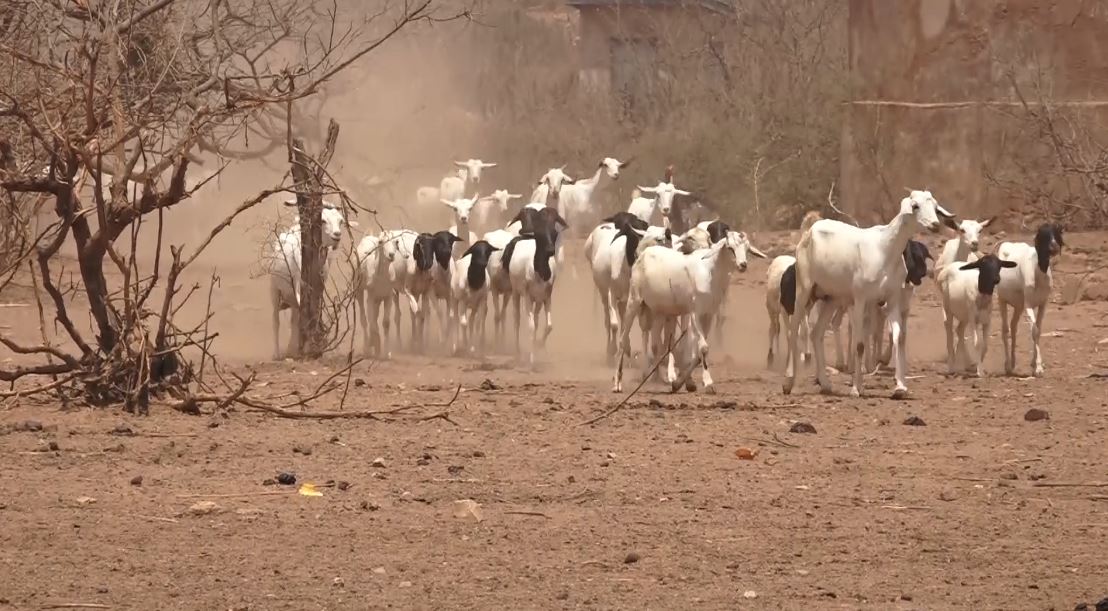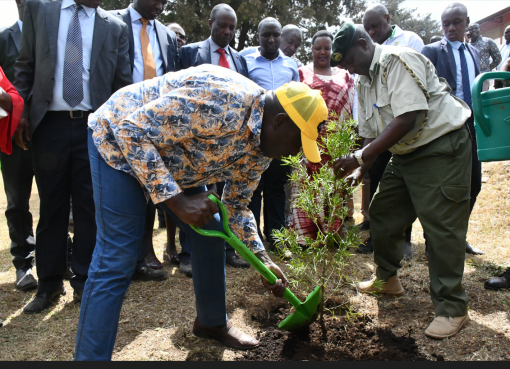A total of 640,000 people in Turkana County are in dire need of food or cash assistance due to the ongoing drought in the county.
According to a report by National Drought Management Authority (NDMA), Turkana County has been classified in the crisis phase. The report says this situation has been caused by little or no rain at all in the last three seasons.
As part of drought mitigation, the government through the Kenya Meat Commission (KMC) will buy 1,000 heads of cattle at a price of Sh 20,000 per head to cushion the affected residents.
Under the National Government Commercial Off-Take Programme, 10 counties that have been severely hit by drought will be included.
Turkana was identified as part of the 10 counties that have been severely affected by drought, with a total of 11,250 heads of cattle budgeted for as part of drought mitigation.
The Kenya Meat Commission will start receiving identified cattle at the factory from October 4 and payment will be done within 72 hours after delivery.
“Payment will be restricted to livestock delivered alive only,” County Chief Officer for Livestock, Abdulahi Yusuf, said in Lodwar when he chaired the one-day meeting meant to brief livestock stakeholders of the planned Commercial Off-Take Programme by Kenya Meat Commission.
While welcoming the move by the National Government, Abdulahi said the prolonged drought had led to an upsurge of livestock diseases due to increased migration in search of pasture and water.
KMC Assistant Production Manager, Tom Okayo, cited budgetary constraints for the limited number of livestock to be purchased. He said more stakeholders will be brought on board to ensure the programme realises a greater impact.
During the meeting, it was noted that 75% of water sources have dried up and depth of traditionally hand dug wells is increasing substantially. In addition, 31% of livestock (4.2million) are at risk of being lost due to effects of the drought.
Deterioration of vegetation conditions especially in the pastoral grazing fields, worsened livestock conditions leading to decline in milk production and consumption as well as drying of boreholes due to low water tables which were cited as indicators of how severe the drought situation was in the County.
By Peter Gitonga





